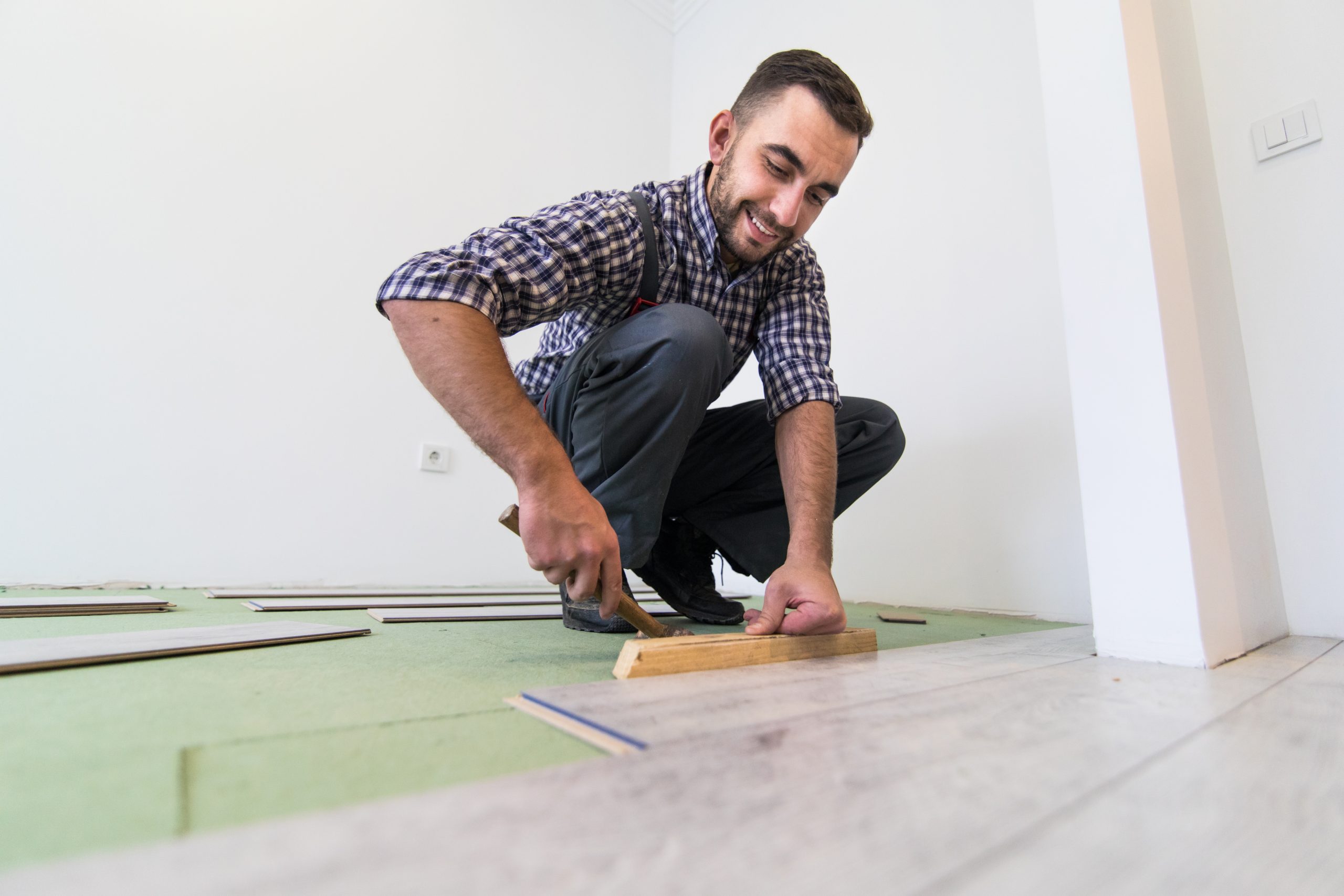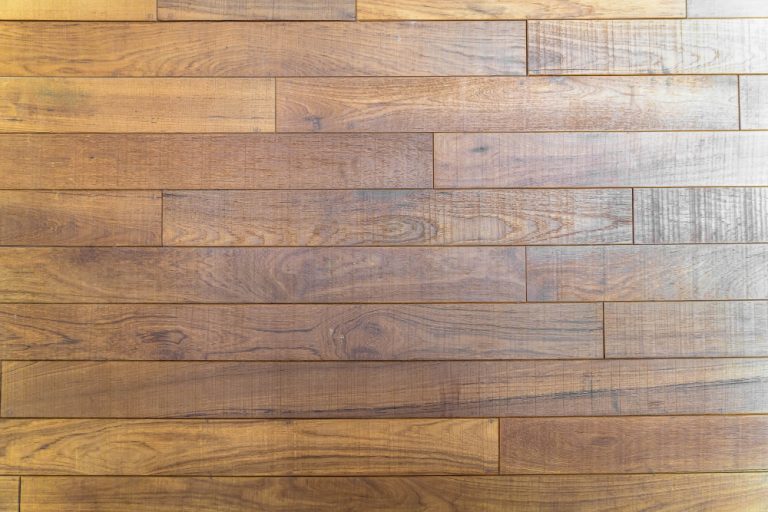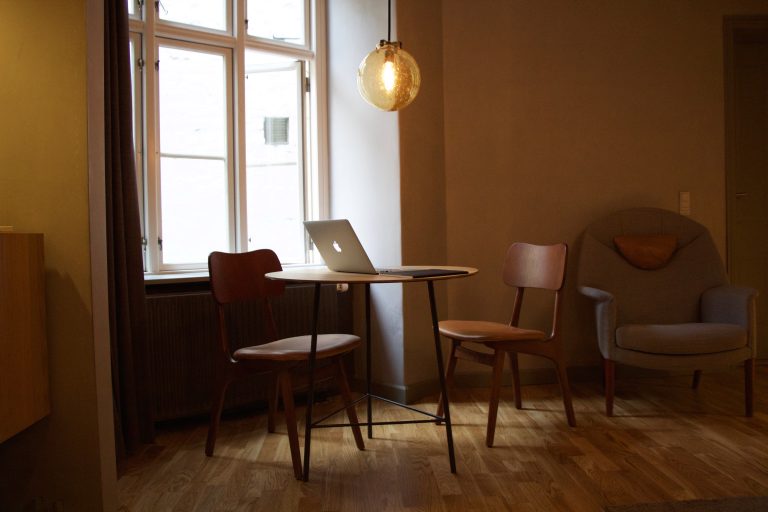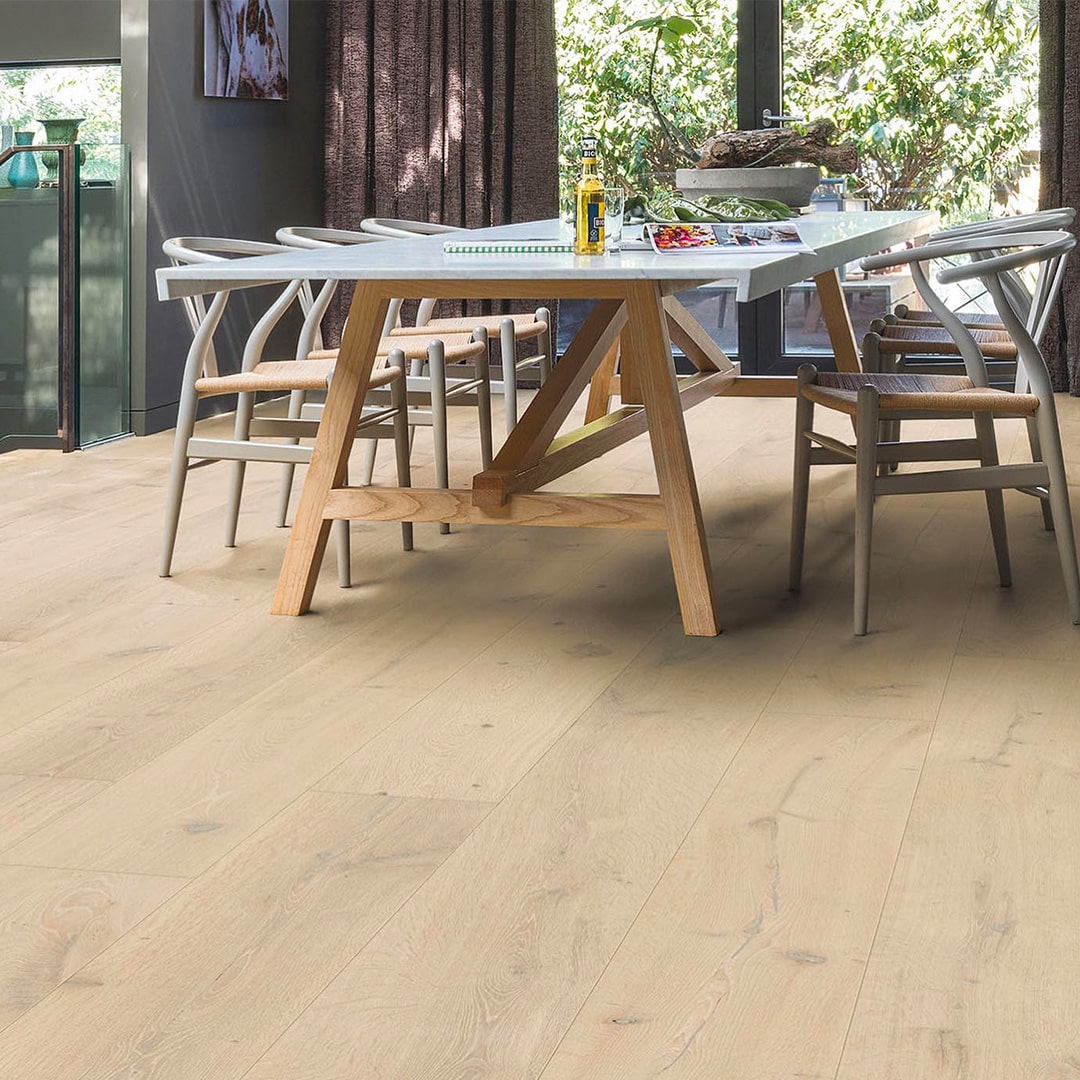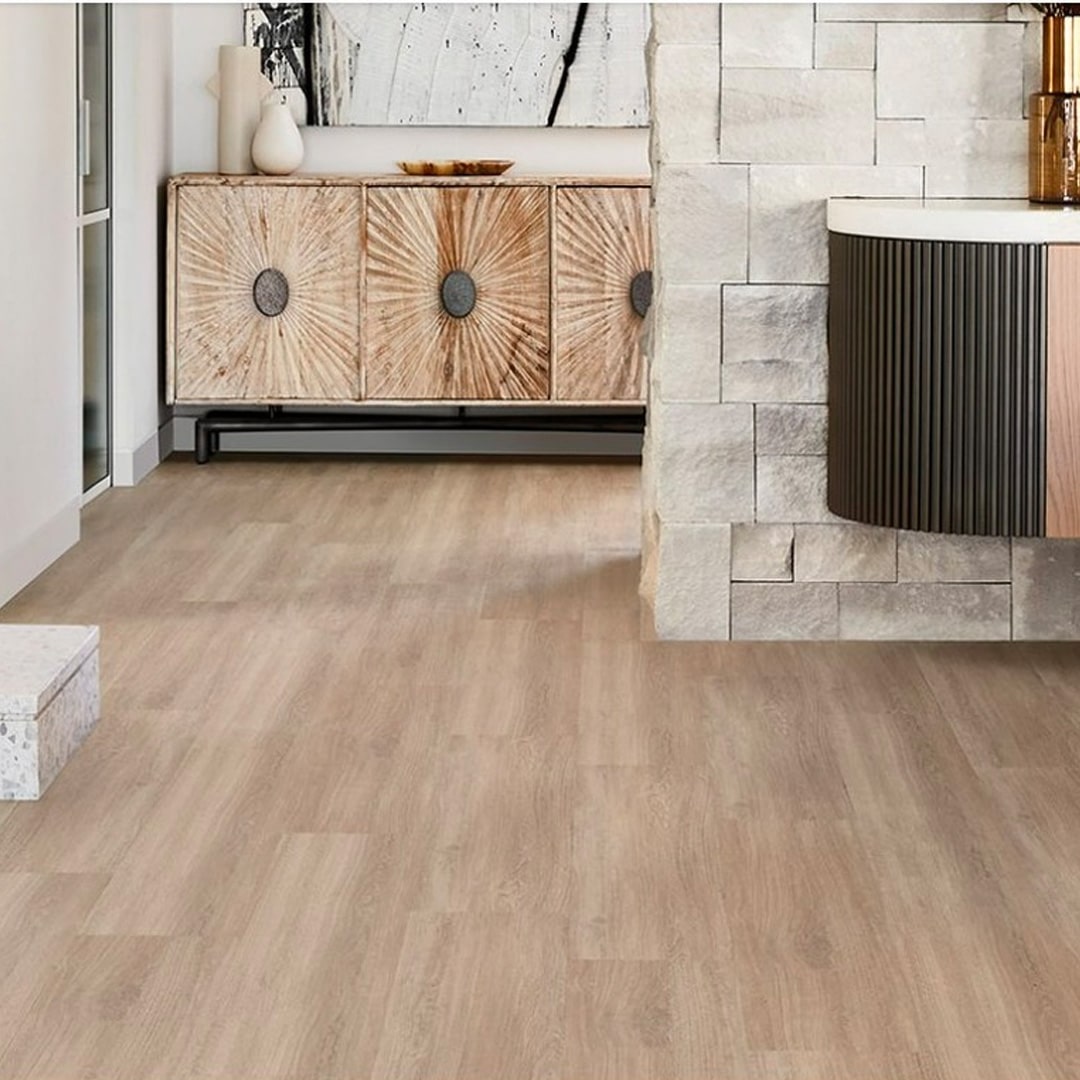4 Questions for Choosing the Right Flooring Underlay
Most people think flooring is just the covering they walk on, but it’s really made up of layers you don’t normally see. Flooring underlay is a thin material sandwiched between flooring above and the subfloor below. Its purpose is to provide an even surface, dampen noise, and improve bonding and stability. It’s also a necessity for radiant heating and makes below-grade rooms livable. Along with the subfloor, it’s crucial to successful flooring installation. Here are a few questions to ask yourself when choosing the right flooring underlay for your home so you can enjoy your floor for years to come.
Do you need to replace the subfloor?
A subfloor is supposed to serve as a structural basis for the flooring underlay. You need a sound subfloor to be able to make the most out of your floor covering. While a subfloor is supposed to be permanent, it occasionally needs to be replaced if it’s made of plywood or OSB.
Some signs that your subfloor needs replacing are:
- warped areas of flooring
- an uneven surface
- squeaking noises
- a musty smell (sign of mold or mildew)
- the ceiling is leaking (a likely sign of water damage)
What kind of flooring underlay do you need?
Rigid underlays typically come in plywood for a smooth surface that works with most kinds of flooring, including carpet, wood, engineered wood, laminate and vinyl. Plywood is also the most affordable and widely available flooring underlay. Plus, it works well for providing stability to soft flooring such as carpet and rubber.
An alternative is prefabricated subfloor tiles, which make for easier installation but is more expensive. Plywood comes in large sheets. Other options are OSB, drywall and particleboard.
There are some definite exceptions to plywood. If you’re installing tile flooring, you’ll need a cement board underlay. so it doesn’t warp or get water damage. Solid, engineered or floating floors are tricky: if it’s less than 12 mm thick, it will need a plywood underlay.
Are you installing over the subfloor or the old floor?
Sometimes, an old floor can serve as a flooring underlay with little to nothing in between. It’s common for vinyl or laminate flooring to be laid over old vinyl, carpet to be laid over hard floors with only carpet padding, or hardwood floors to be laid over rosin paper. You won’t need a separate underlay if your flooring is stable enough.
Believe it or not, flooring underlays aren’t always rigid. But the new trend of using soft underlays is not what people tend to think of, and they don’t serve the same purposes as rigid ones. If you don’t need a flooring underlay, you also have the option of a soft underlay such as foam, rubber or cork. These are floating underlays that work well if you’re installing laminate over wood or tile flooring. Alternately, you can layer a soft underlay over a rigid one for enhanced acoustic properties. Just make sure your underlays are permeable to allow for air flow.
How thick does your flooring underlay need to be?
A standard flooring underlay installed over a wood subfloor is usually 3 mm thick. However, it only reduces sound to a degree but does not protect against moisture. A pre-installed flooring underlay tends to be the same thickness and both would benefit from a moisture barrier layer. If you want all of the potential benefits of a flooring underlay, you’ll want one that protects not only against sound but moisture and other damaging elements.
The thickness of your flooring underlay also depends on the flooring you’re installing. Laminate flooring underlay is the standard 3 mm of thickness. Carpet is about 11-12 mm. Vinyl doesn’t need flooring underlay if it’s glued down, but if it’s floating, it needs one that is 1 mm to 1.5 mm thick.
Wood floors have several options for flooring underlays. Both hardwood and engineered wood work well either with felt that is 3 mm to 6 mm thick, padded or paper underlay. But they also work well with cork measuring 3 mm to 12 mm or rubber measuring 2 mm to 9 mm.
Although it’s not always necessary, flooring underlay is highly desirable, especially for worn or damaged subfloors. Not only does it reinforce and smooth the flooring but it also makes it quieter and more comfortable to walk on. Ideally, it also protects against moisture.
For more information on our flooring underlay options, contact us.

